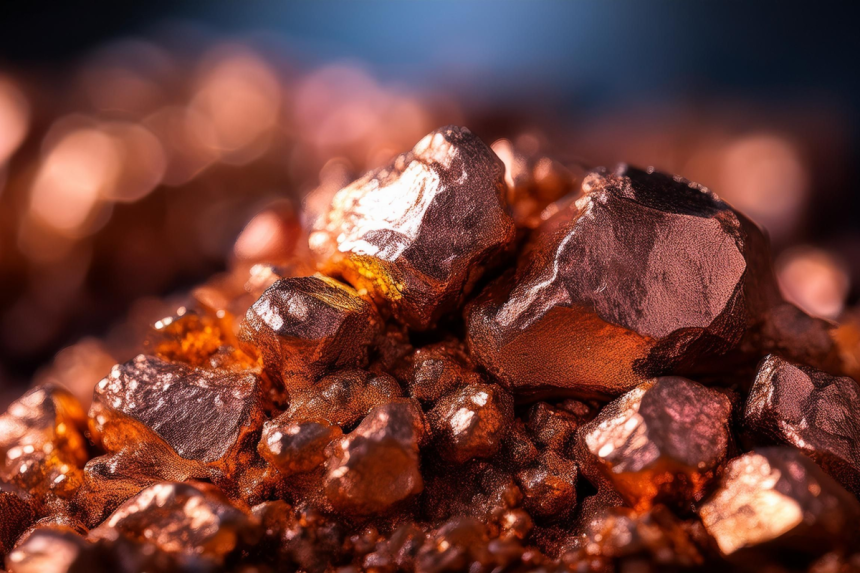Freeport declares force majeure
Copper prices rose nearly 4 percent on Wednesday after Freeport-McMoRan announced it could not fulfill contracts following a deadly mudslide at its Grasberg copper and gold mine in Indonesia. The incident, which killed at least two people and left five missing, has halted operations since September 8. Freeport warned that production levels might not return to pre-incident capacity until 2027. Shares in the company fell more than 10 percent in New York.
Global supply hit by multiple setbacks
The Grasberg disaster adds to existing supply strains caused by flooding at Ivanhoe Mines’ Kamoa-Kakula complex in the Democratic Republic of Congo and a tunnel collapse at Codelco’s El Teniente mine in Chile, which killed six workers in July. Combined, these three sites represent about 7 percent of global mined copper output. Analysts estimate these disruptions will reduce global production by about 6 percent this year.
Market reactions and production forecasts
On the London Metal Exchange, copper climbed to over $10,350 a tonne. Shares of Anglo-American rose 5.7 percent, while Antofagasta gained 9.6 percent on expectations of tighter supply. Freeport projected its copper and gold sales for the third quarter will be 4 and 6 percent lower, respectively, than its July forecast. It also noted that fourth-quarter sales from Indonesia would be “insignificant.” At Grasberg alone, 2026 output could be 35 percent below earlier estimates.
Demand pressures and recycling shift
The copper market was already under strain from U.S. tariffs imposed by the Trump administration, which redirected supply and tightened availability worldwide. Rising demand, driven by energy and technology sectors, has heightened the impact of supply disruptions. Smelters are increasingly turning to scrap copper as an alternative. Traders report that prices for some grades of scrap have climbed above refined copper levels, a reversal from last year when scrap traded at a discount of up to 5 percent.






